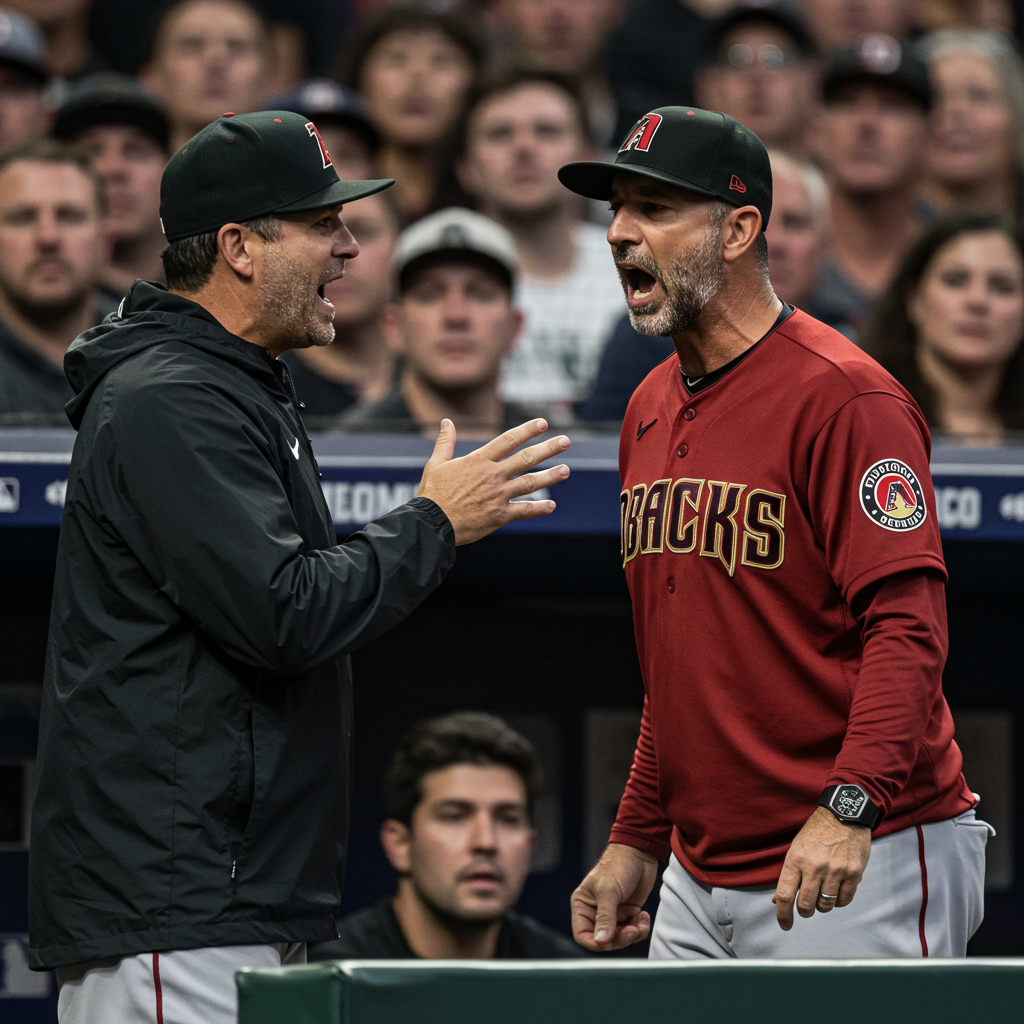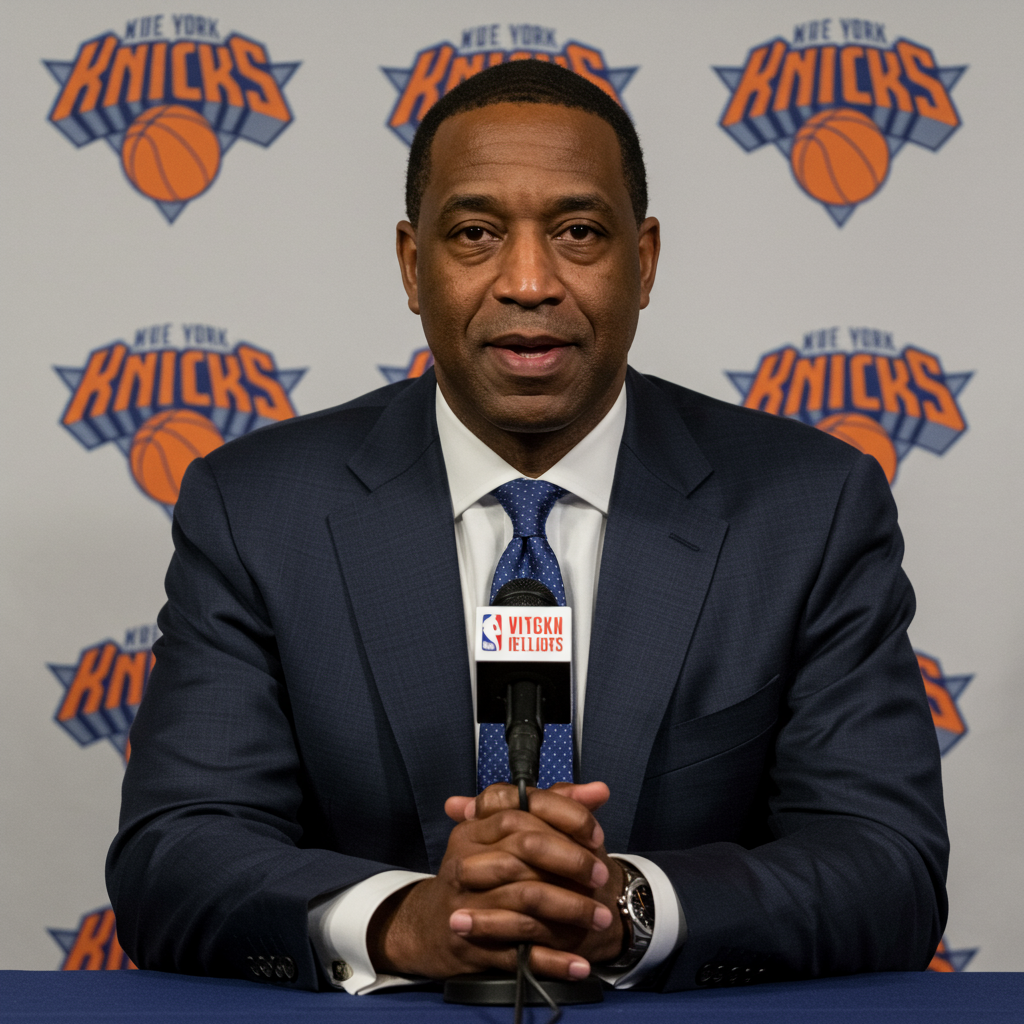The 2025 NBA Draft’s first round has concluded, offering teams a fresh influx of talent and setting the stage for organizational shifts. This in-depth breakdown covers every pick, combining expert scouting assessments with insights into team fit, player potential, and draft-day value.
Top Picks Set the Tone: Flagg Leads the Way
1. Dallas Mavericks: Cooper Flagg, 6-8 Wing, Duke
Widely anticipated, Cooper Flagg heading to Dallas was called an “absolute no-brainer.” Ranked by some as the most complete prospect evaluated since 2015 (trailing only Victor Wembanyama), Flagg is seen as a higher-safety pick than even Zion Williamson at the same stage, possessing a more complete two-way game and elite competitive mentality. His ability to “amplify” teammates without requiring a specific roster build, coupled with a cleaner injury history, makes him a truly unique prospect. Experts project Flagg as a future All-NBA player with MVP upside, an immediate organizational centerpiece ready to help build a championship culture. The significant question for Dallas’s front office now revolves around whether to fully pivot and build the entire roster around their new cornerstone.
2. San Antonio Spurs: Dylan Harper, 6-5 Guard, Rutgers
San Antonio lands Dylan Harper, seen as securing the best available talent and a strong bet to become a high-level NBA guard. Harper excels at creating rim pressure, drawing fouls effectively, and shows enough vision to be a primary playmaker. His size and competitiveness defensively are assets. While his pull-up shooting is an area for growth vital for lead guards, his floor is considered high due to creativity, catch-and-shoot ability, and defensive size. Projected as a potential All-Star, his arrival alongside Stephon Castle and De’Aaron Fox creates a crowded backcourt that could necessitate future roster adjustments, though securing his talent was paramount.
3. Philadelphia 76ers: VJ Edgecombe, 6-4 Guard, Baylor
Addressing a glaring lack of athleticism, Philadelphia selected VJ Edgecombe, one of the draft’s safest prospects. His elite functional athleticism is complemented by genuinely tremendous, disruptive defense. He demonstrates effective off-ball movement and catch-and-shoot ability. While his upside depends on developing on-ball creation (handling, pull-ups), his competitive mentality and existing defensive impact project well for winning basketball. Compared favorably to a highly athletic Gary Harris, Edgecombe offers a clear path to being a top-40 player in the league. The pick wasn’t a surprise, fitting the Sixers’ approach and targeting a key team need.
4. Charlotte Hornets: Kon Knueppel, 6-5 Wing, Duke
Despite rumors of potentially trading down, Charlotte secured Kon Knueppel, a player praised for versatility beyond just shooting. He can dribble, pass, shoot, make decisions, and defend with solid positional size, making him a valuable additive player. Projected as an elite shooter capable of leveraging that threat, his main concern is defensive foot speed, though analysts believe it may not significantly hinder him in the regular season. Knueppel is seen as a starting-caliber wing who fits Charlotte’s need for shooting and scoring around LaMelo Ball and Brandon Miller.
5. Utah Jazz: Ace Bailey, 6-8 Wing, Rutgers
The first notable surprise of the draft saw Utah select Ace Bailey. Bailey possesses serious All-Star potential if he can improve areas like flexibility, strength, finishing, shooting percentages, and defensive engagement. However, the path to this ceiling is viewed as reliant on numerous developments. His floor is safer – a player with size, length, athleticism, catch-and-shoot ability, and defensive flashes who should stick in the NBA long-term. Bailey is a project requiring patient development, and his fit within Utah’s existing frontcourt drew questions.
6. Washington Wizards: Tre Johnson, 6-5 Guard, Texas
Washington selected Tre Johnson, a player whose game and demeanor are well-regarded. His path to upside involves getting stronger and fitting into a role that initially streamlines his offense as a floor spacer and movement shooter. His median outcome is seen as a reliable, high-volume 3-point shooter similar to a bigger Malik Beasley, a positive outcome. With potential to reach All-Star status, he provides needed talent, though his arrival creates a guard logjam likely leading to future trades.
Key Picks & Team Strategies
7. New Orleans Pelicans: Jeremiah Fears, 6-3 Guard, Oklahoma
In an aggressive start under new executive Joe Dumars, New Orleans drafted Fears, an exceptionally crafty ballhandler skilled at attacking downhill and compromising defenses. However, his profile as a small, on-ball-only player with shooting, finishing, and defensive deficiencies makes his path to consistent winning in a prominent role difficult. While he could put up numbers, scouts see a narrow path to All-Star status, requiring near-perfect development. This pick, coupled with others, raised defensive concerns for the Pelicans’ roster, especially alongside Jordan Poole and Zion Williamson.
8. Brooklyn Nets: Egor Demin, 6-8 Wing, Ratiopharm Ulm
Brooklyn adds Demin, a prospect with intriguing passing and processing feel. His lack of a shooting track record and questions about defensive physicality are major swing factors. If the jumper develops, he could become highly valuable as a big, ball-handling, passing wing. On a rebuilding Nets team with future draft capital, he has time for development.
9. Toronto Raptors: Collin Murray-Boyles, 6-7 Big, South Carolina
A polarizing prospect, Murray-Boyles is seen by some as a dynamic, multi-positional defender who could even play small-ball five if his shot develops. Others view him as positionally uncertain. Ranked highly by some for his defensive potential, feet, and feel, his value heavily depends on team fit and creative coaching. He projects as a quality role player at worst, with potential for more in the right system, despite needing physical development and skill refinement.
10. Phoenix Suns (via Houston): Khaman Maluach, 6-11 Big
Acquired via trade, Maluach offers enticing size, length, and work ethic. He’s seen as a developmental big with upside as a low-usage, high-efficiency offensive rebounder and defender, comparable to Mitchell Robinson or Nic Claxton, rather than a high-volume scorer. Projecting as a league-average starting center, his fit on a win-now Suns team raised questions, as he’s viewed as needing time to develop into a rotation player.
11. Memphis Grizzlies (via Portland): Cedric Coward, 6-5 Wing, Washington State
Memphis aggressively traded up, sending significant assets for Coward, signaling strong belief despite a recent injury. He brings length, a beautiful 3-point shot, defensive ability, and good decision-making, projecting as a potentially useful starting-quality wing. While on-ball creation is a slight concern, his overall profile suggests impact potential, addressing Memphis’s need for wing size and skill.
12. Chicago Bulls: Noa Essengue, 6-10 Big, Ratiopharm Ulm
Chicago adds Essengue, a project with athletic traits and production overseas. His potential as a big forward capable of covering ground is enticing. However, shooting, passing, ball-handling, and defensive consistency require significant improvement. He’ll need to gain strength and refine his game, fitting Chicago’s need for frontcourt talent.
13. New Orleans Pelicans (via Atlanta): Derik Queen, 6-10 Big, Maryland
In their second aggressive trade-up, New Orleans acquired Queen, sending their unprotected 2026 first-round pick. Queen is a fascinating prospect with high IQ, ball-handling, and touch, leading some to see playmaking center potential. However, his defense and rebounding are major concerns, particularly for the Pelicans. His fit with Zion Williamson is questioned, and trading a potentially high unprotected future pick for him is viewed as a significant gamble, highlighting Joe Dumars’ risk-taking approach.
14. San Antonio Spurs: Carter Bryant, 6-5 Wing
San Antonio secures Bryant, profiling as an excellent 3-and-D wing with ideal size and strong defensive instincts. While his overall offense is viewed skeptically, he’s highly likely to be a reliable shooter. Compared to Marvin Williams, Bryant offers a clear path to a valuable, long NBA career, fitting San Antonio’s need for a forward with size and shooting to complement their core.
15. Oklahoma City Thunder: Thomas Sorber, 6-9 Big, Georgetown
Despite a roster crunch, OKC adds Sorber, a productive modern player with old-school size. His natural feel, passing on the move, and historical production rivaling Chris Webber are intriguing. Seen as a project with potential to start, he provides OKC a future center option if Isaiah Hartenstein departs, addressing a need for a big-bodied presence.
16. Portland Trail Blazers (via Memphis): Hansen Yang, 7-1 Big, Qingdao Eagles (China)
Widely considered the draft’s biggest shocker, Portland selected Yang despite his projected second-round status and existing center depth. Yang possesses intriguing size, passing, and touch, but physical limitations raise doubts about his ability to actualize these skills against NBA physicality. His defense and shooting consistency are major questions. While his offense hints at backup potential, the pick is viewed as a significant reach.
Remaining First Rounders: Projects, Specialists, and Depth
The back half of the first round saw teams target specific needs and upside swings. Prospects like Joan Beringer (Minnesota, Pick 18), a raw but athletic big, and Nolan Traore (Brooklyn, Pick 20), a productive French guard needing a jumper, represent bets on long-term development.
More ready-made players like Walter Clayton Jr. (Utah, Pick 19), a dynamic scoring guard who rose late, and Nique Clifford (Sacramento, Pick 24), a versatile wing whose game improved significantly, offer higher floors as potential rotation pieces.
Other notable picks included Kasparas Jakučionis (Miami, Pick 21), a skilled guard praised for processing and versatility; Riley (Washington, Pick 22), a fearless driver needing polish; Drake Powell (Brooklyn, Pick 23), a defensive specialist needing offensive growth; Newell (Atlanta, Pick 25), an athletic big whose success hinges on his shot; Jase Richardson (Orlando, Pick 26), a smaller guard fitting Orlando’s off-ball needs; Ben Saraf (Brooklyn, Pick 27), an Israeli guard with unique skills but shooting concerns; Hugo Gonzalez (Boston, Pick 28), a tough, athletic wing Boston plans to bring over immediately; Liam McNeeley (Charlotte, Pick 29), adding more shooting for Charlotte; and Yanic Konan Niederhauser (LA Clippers, Pick 30), a rim-running, shot-blocking center project addressing a team need.
Numerous trades shaped the later picks, highlighting teams’ strategic maneuvering for specific players or future assets, reinforcing the dynamic nature of the NBA draft. The analysis of how these players develop and integrate into their new teams begins now, setting the stage for future seasons.


